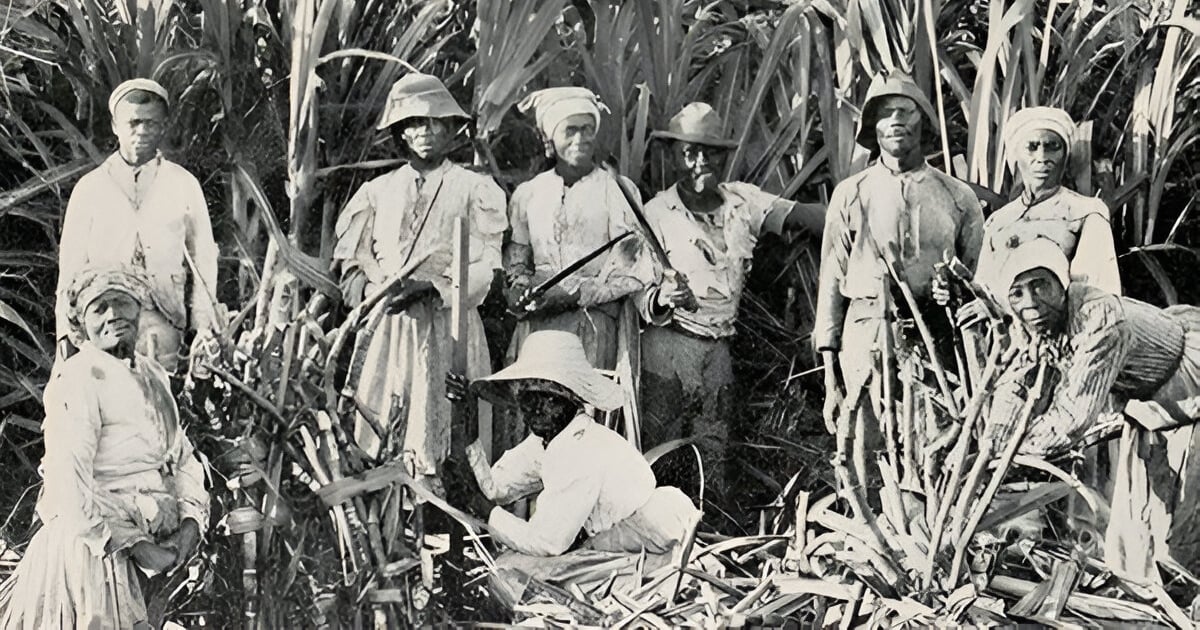On October 10th, Cubans commemorate the anniversary of the Grito de Yara, the day when Carlos Manuel de Céspedes granted freedom to his slaves at his sugar mill La Demajagua and declared Cuban independence, initiating an armed struggle against Spanish colonial rule. In the October 10th Manifesto, the Father of the Nation expressed a desire to gradually abolish slavery, a goal shared by several landowners conspiring for independence in eastern Cuba, although Céspedes acted before any of them.
But who truly freed the slaves in Cuba? The abolition of slavery in Cuba was a complicated process that spanned decades and involved various events and legislation. While Carlos Manuel de Céspedes is often credited with freeing the slaves, this is a misconception. Though he played a significant role in the independence movement, the liberation of Cuban slaves was the result of a series of laws and movements, both local and international, culminating in 1886 with the complete abolition of slavery.
1868: Céspedes and the Symbolic Liberation
In 1868, Carlos Manuel de Céspedes freed his slaves at his La Demajagua sugar mill. This act was symbolic and pivotal in kickstarting Cuba’s fight for independence, as he invited the freed slaves to join the struggle for the nation in exchange for their freedom. However, Céspedes did not free all slaves in Cuba, contrary to popular belief. The widespread and legal emancipation of slaves came about through laws enacted by the Spanish colonial government and was not solely due to the actions of one individual.
The Moret Law of 1870: Partial Abolition
One of the initial steps towards liberating Cuban slaves was the Moret Law, enacted in 1870 by the Spanish government. Also known as the Law of Free Wombs, it granted partial freedom under specific conditions:
- Freedom for children born to slaves after 1868: These children were considered free.
- Freedom for slaves over 60: Those reaching this age would be freed.
- Freedom for slaves serving in the military: Those who joined the Spanish army would be manumitted.
Although this law was a significant step forward, it did not mean the total abolition of slavery. Most slaves remained in bondage, particularly on the sugar plantations that underpinned Cuba’s economy.
The Ten Years' War (1868-1878) and Abolitionist Pressure
The Ten Years' War was the first major independence conflict in Cuba. During this war, many slaves joined the independence army with the promise of freedom upon gaining independence from Spain. Although the war did not result in independence, it had a profound impact on Cuban society and strengthened abolitionist movements. Additionally, the war created economic and social tensions that made maintaining slavery difficult, and international pressures further pushed the abolitionist agenda.
1880 Patronato Law: A Transitional Phase
The next significant step was the Patronato Law, passed in 1880 under King Alfonso XII’s reign. This law did not immediately free all slaves but changed their status to "sponsored laborers." While they were technically no longer slaves, they continued working under their former masters' control for up to eight years. Sponsored laborers were to receive wages, but the law still denied them full autonomy, and their former owners retained significant control over their lives and labor. This was a transitional measure toward complete freedom, which was anticipated to be achieved by 1888, although it was eventually expedited.
1886: The Complete Abolition of Slavery
On October 7, 1886, the Spanish colonial government officially abolished slavery in Cuba under the reign of Queen Regent María Cristina and Alfonso XIII. At that time, approximately 30,000 slaves remained in forced labor and were finally freed. This abolition was the result of social, political, and economic pressures both within and outside the island.
While slavery was officially abolished in 1886, the reality for many Afro-descendants in Cuba did not improve immediately. Discrimination, poverty, and social exclusion persisted for decades, and many former slaves and their descendants faced significant barriers in accessing land, employment, and equal rights.
Why the Misconception?
Why have generations of Cubans not been taught about the Moret Law and other regulations that led to the end of slavery, and why do we continue to celebrate October 10th as the day when slaves were freed in Cuba? The freedom of Cuban slaves was not the work of a single man or the result of a single heroic act. It was a complex process involving multiple laws, international pressures, and social movements. Although Carlos Manuel de Céspedes took a bold step by freeing his slaves in 1868, the total abolition of slavery was not realized until 1886 when the Spanish government finally ended the slave system.
